|
As I said goodbye to my students, turned off the lights and walked out of my classroom for spring break of 2019 I had a feeling in the pit of my stomach I wouldn’t be returning to finish the school year with my students. Schools all around us were shutting down and the world was starting to panic. The next few weeks was an unknown waiting game. Would we return back to school? What would online teaching look like? How was I going to teach my school kids and my own? So many unknowns. Teaching through the pandemic has taught us so much about importance, perseverance, resilience, and ourselves. Whether you are teaching online, hybrid, or face to face you have changed your way of teaching, maybe without even truly noticing that you have. We have learned so much in such a short amount of time on how to meet the needs of our students, even when they were no longer physically with us inside our classroom walls. Some of what we learned was to survive, while other things taught us, even if it was a bit unconventionally, how to be better at our job now. We learned that the “normal” we were operating in wasn't the best mode in which to teach and deliver instruction to our students. We need to find a way to change and mold education for the better. What a better time than now? Since the pandemic began, we have heard the term “learning loss” from multitudes of people, administrators, and teachers. But we don’t agree with that term. Students were learning, even in an unconventional way. They were also learning many things other than just academics. We prefer the term “learning recovery.” We are wanting to help students recover the social, emotional, and even academic things that may have been neglected or forgotten over the course of time. In thinking in terms of learning recovery, we have created a list of ways to help learning recovery in the classroom. We hope some of these ideas will resonate with you and will be helpful to you and your students.
Learning Experiences: Create engagement, integrate content, build vocabulary, background knowledge by incorporating learning experiences into your teaching. These give a level playing field for students learning by providing the same opportunity. We incorporate these into our IntegratED Framework. If you would like ideas or need more information visit our other blogs, podcasts, and find us on social media. Soft Start: Even as adults we are not ready to get started right away when walking into a PD day. We like to talk, get coffee, and other things before we are ready to be engaged. In my classroom we have a soft start cart that has different things for students to do after their morning journals before class begins. Some ideas to put on your soft start cart are: play-dough, puzzles, coloring sheets, thinking mats, drawing books, card games, etc. This helper students get their brains ready for the day, builds their soft skills by collaborating with peers, problem solving, and connecting. Being aware of different learning styles: We are all different learners so being aware of your different learning styles in your students is important. Teach to students’ strengths: social, movement, auditory, kinesthetic, etc… Also, be consistant of what learning styles you are catering towards in a given lesson and/or unit. Be sure that you alter the different modes of learning styles you are tapping into all the learning styles of your students. If you are in older grades, having students take a learning styles survey at the beginning of the year, semester, or quarter, will help give you an idea of what kind of learners you have in class. Integrated planning/teaching: Incorporate our IntegratED Framework throughout your quarters or semesters. Our IntegratED Framework guides you in delivering multi-subject and multi-standard instruction. By pairing multiple subjects together, this allows students to use their strengths to build up their weaknesses in different content areas. Need more information on this topic? Visit our blogs and social media for more ideas on how to plan and get started! Click here to use our free template to start planning an IntegratED Unit. Need help? Send us an email. Community Building: Students have been separated from each other and their teachers for a long time. We need to remember to build relationships with our students face to face and earn their trust as teachers. We also need to provide students with opportunities to build relationships with one another. Students need practice working and playing together. Classroom Culture: Build a safe and trusted learning environment by doing daily class meetings, joke of the day, or ending the day talking about what brought you joy. If you need or would like more ideas on this, check out our other blogs or podcasts! Friends Friday: Collaborate with an older or younger grade level to practice different skills. If you teach an older grade level, use your students as role models, giving younger students help and guidance in academics, problem solving activities, etc. If you teach a younger grade level, this is an excellent opportunity for your students to receive some one on one time and help in whatever area you feel would be best. So not underestimate the power of student helpers!
Collecting Data: I know data can be boring and seem like busy work sometimes but it can also be a tool for students’ growth when done and analyzed in the right way. One idea is to be more specific with students on what they are missing when working one-on-one or in a small group. Be honest with the students and set goals WITH them, not FOR them. You can also try to create different small groups based on their goals as learners. Be Consistent: Both us as teachers and our students need consistency. Adults and children alike need to know what to expect throughout the day. Show consistency with your students and your colleagues. Consistency with schedules, discipline, and expectations will make or break how smoothly, efficiently, and effectively your classroom runs. The hard work of keeping consistency will pay off in the long run! Self Care: An important piece of learning we took away during teaching through the pandemic is the importance of taking care of ourselves. We have to remember to take some time to breathe so that we can still be there for our students. If we are better we will do better. Back to Normal?: You are enough and you are doing your best. You are doing what you feel is best for your students. Stay positive and confident you are doing what you can for your students.
0 Comments
Leave a Reply. |
AuthorMegan and Kara are educational leaders, professional development experts, and current classroom teachers who are improving the way instruction is being delivered in the standard classroom. Archives
May 2024
Categories |
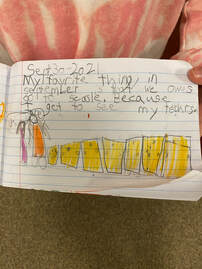
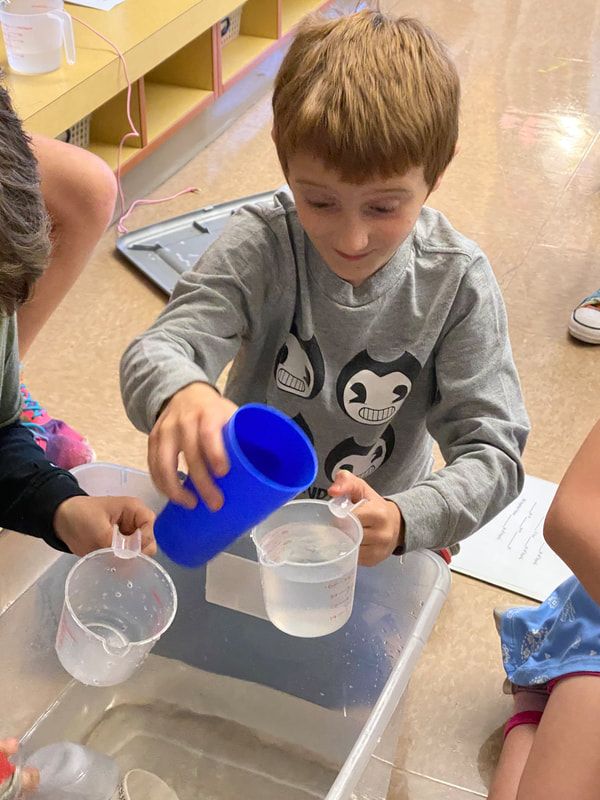
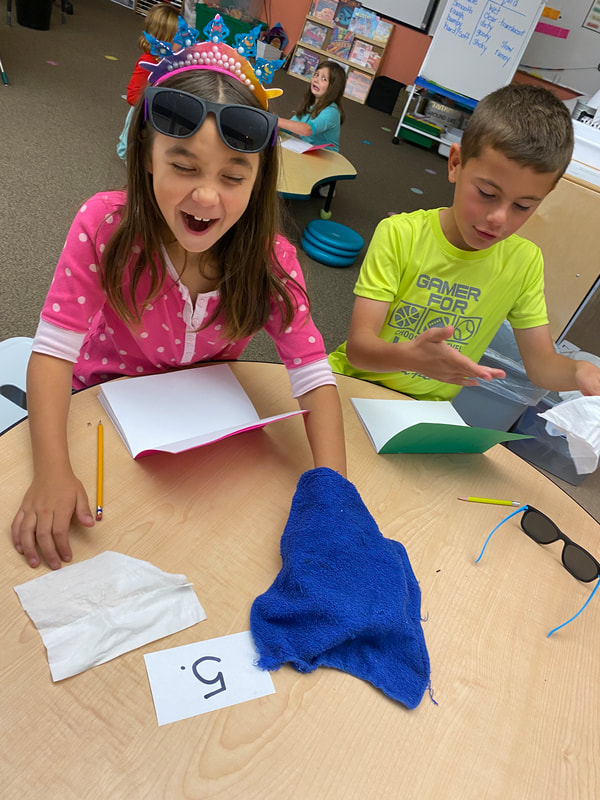
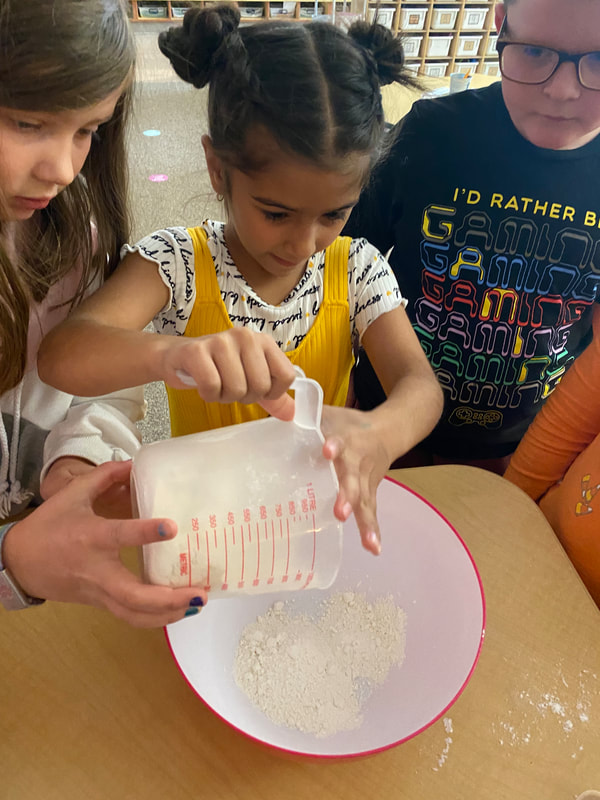
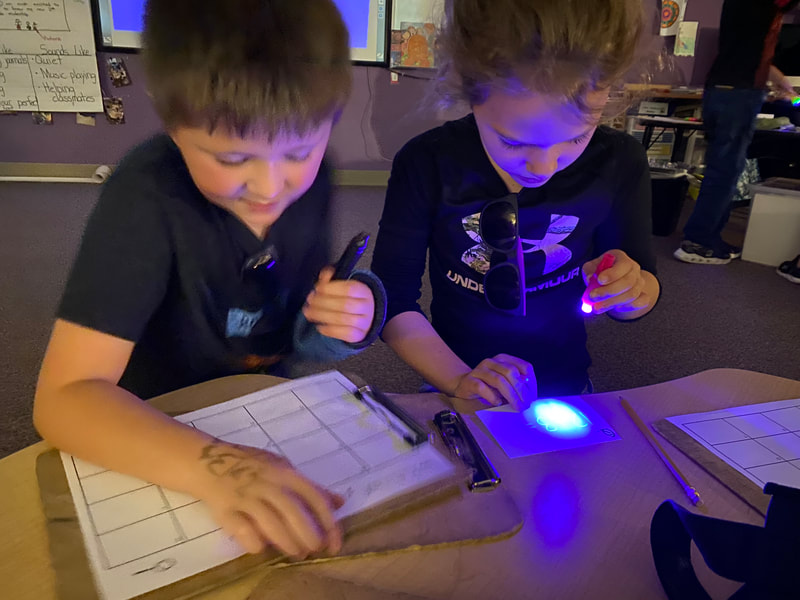
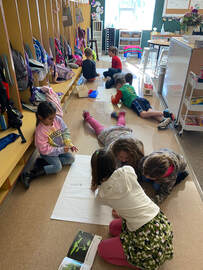
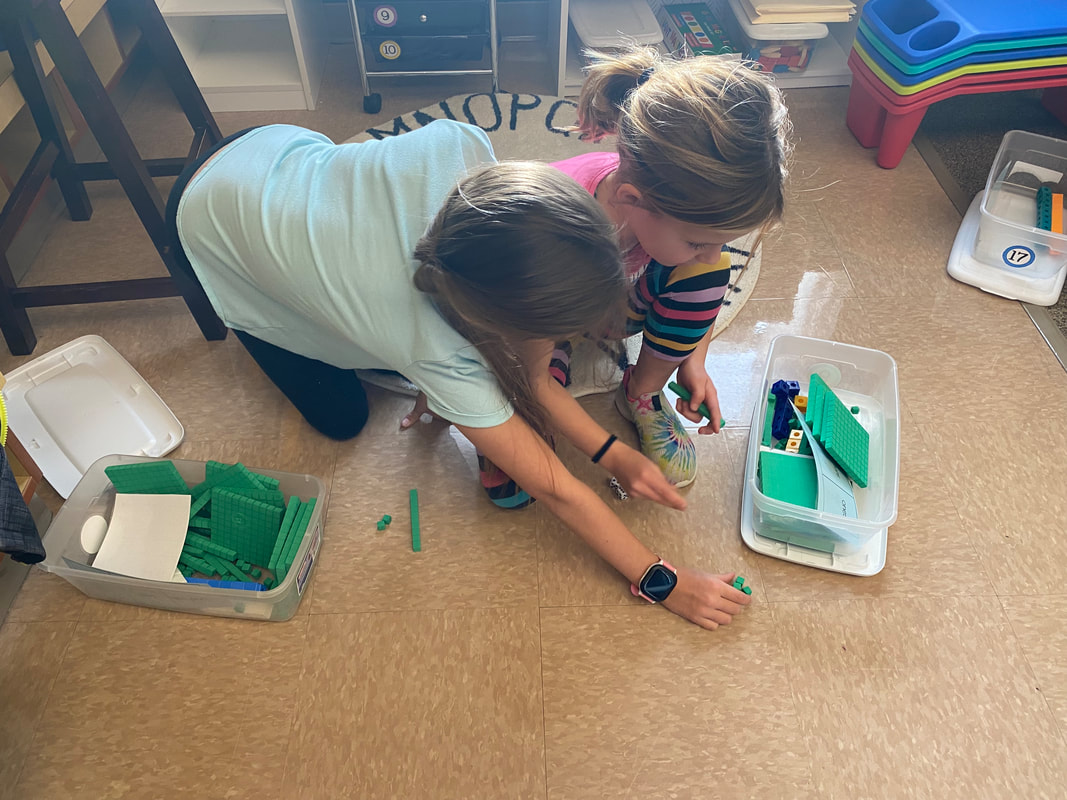
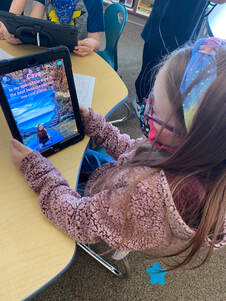
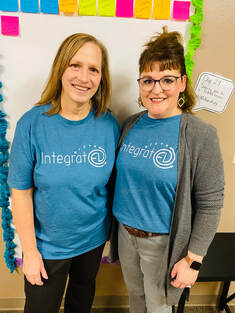
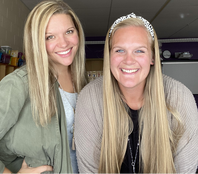
 RSS Feed
RSS Feed
